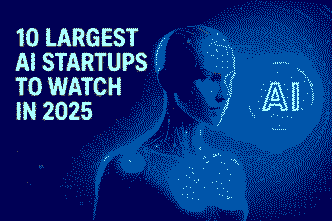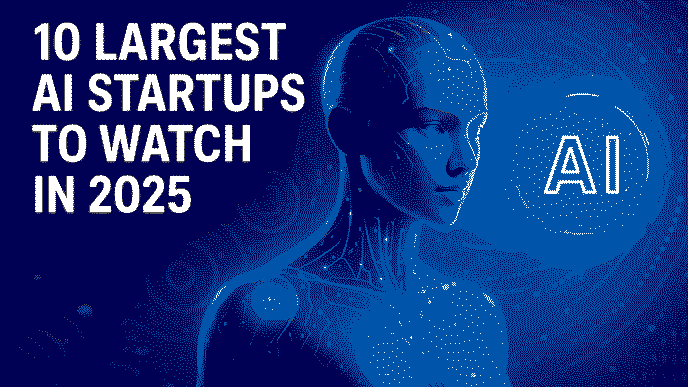In 2025, artificial intelligence it’s a bottom-line strategy. Across industries, U.S. companies are deploying AI to drive efficiency, cut costs, and stay competitive in a rapidly evolving economy. From automating mundane tasks to predicting customer behavior, AI is becoming the go-to solution for businesses looking to do more with less.
So, how exactly are companies using AI to reduce operational expenses without sacrificing quality or performance? Let’s take a look.
1. Automating Repetitive Tasks
One of the most immediate cost-saving benefits of AI is automation. Routine tasks—such as data entry, invoice processing, scheduling, and customer queries—are now handled by AI-powered systems.
- Example: Financial firms use AI bots to process thousands of invoices in minutes, reducing human labor and error.
- Impact: Lower payroll costs, fewer mistakes, and faster workflows.
2. Optimizing Supply Chains
AI helps companies forecast demand, identify bottlenecks, and make real-time decisions about inventory and logistics.
- Impact: Reduced waste, minimized storage costs, and fewer out-of-stock scenarios.
3. Reducing Customer Support Costs
Chatbots and virtual assistants, powered by natural language processing (NLP), handle millions of customer interactions each day—without a human agent.
- Example: Telecom and banking companies are cutting call center costs by implementing 24/7 AI chat systems.
- Impact: Lower overhead, faster customer service, and higher satisfaction.
4. Smarter Marketing and Sales
AI-driven analytics and predictive modeling allow businesses to target the right customers with the right message at the right time.
- Example: E-commerce platforms use AI to personalize offers and email campaigns, improving conversion rates and reducing ad spend.
- Impact: More efficient marketing budgets and higher ROI.
5. Enhancing Fraud Detection and Cybersecurity
AI systems can detect suspicious activity faster and more accurately than humans, reducing losses due to fraud and breaches.
- Example: Banks use machine learning models to flag unusual transaction patterns in real time.
- Impact: Lower fraud-related costs and improved data security.
6. Workforce Efficiency and Productivity Tools
AI tools like intelligent scheduling, smart document summarization, and automated reporting help employees focus on high-impact work.
- Example: Legal and consulting firms use AI to scan and analyze documents in seconds—what once took hours.
- Impact: Reduced billable hours lost to admin work and improved project turnaround times.
7. Energy and Utility Optimization
AI is also playing a role in reducing energy usage and utility expenses.
- Example: Manufacturing plants use AI to optimize equipment usage and reduce downtime.
- Impact: Lower energy bills and less equipment wear and tear.
The Bottom Line: Smarter Spending Through Smarter Tech
In 2025, AI isn’t just about innovation—it’s about survival. As competition intensifies and economic pressure mounts, companies that embrace AI for cost efficiency are gaining a clear edge. They’re leaner, faster, and better prepared for what’s next.
Whether you’re running a small startup or a Fortune 500 company, the message is clear: invest in AI now—or risk falling behind.











